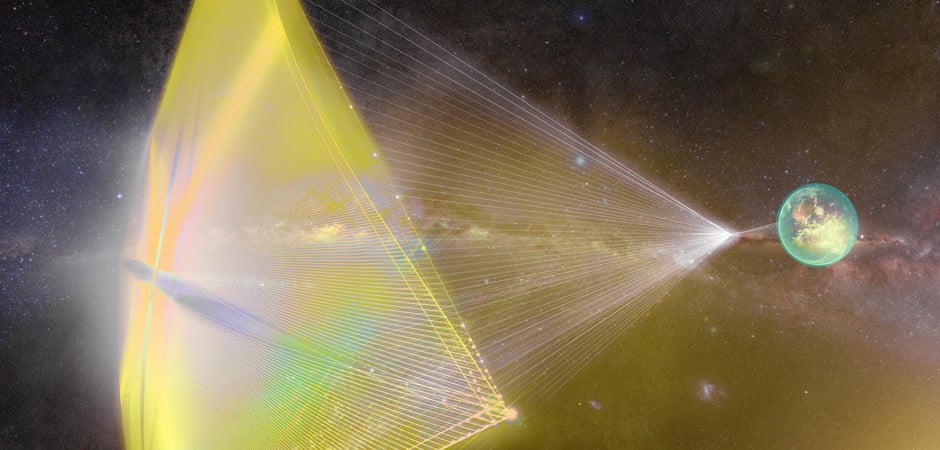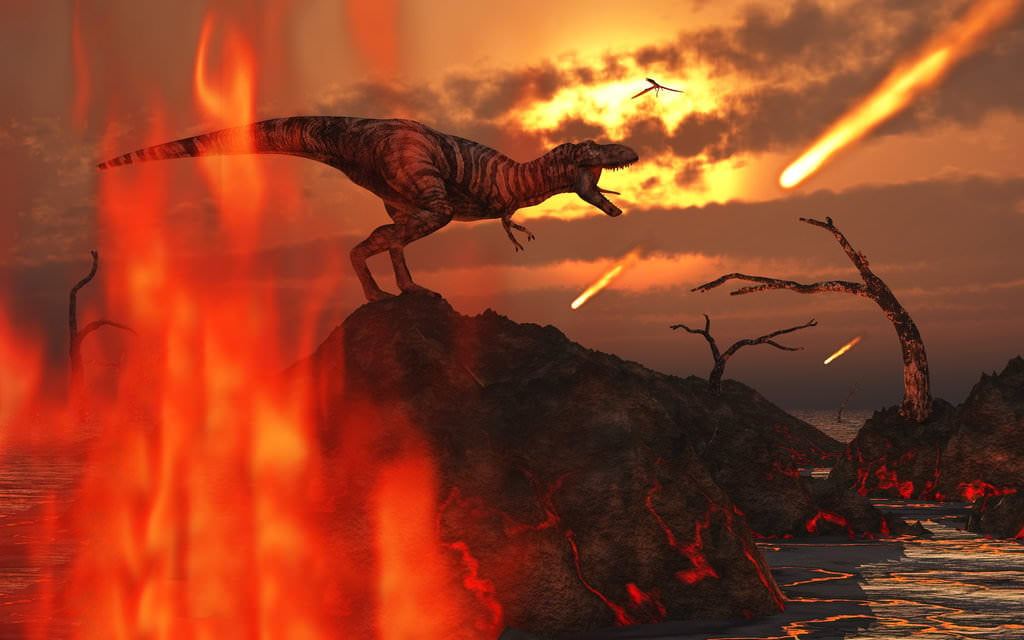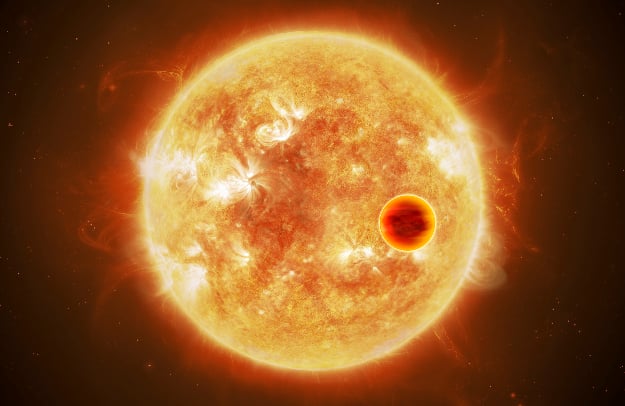
Exoplanets are often considered potentially habitable if they could have liquid water. But the necessities of biology set the habitability bar a bit higher.
Continue reading

A new study provides new estimates on how often stars near the center of our galaxy experience "close encounters," which could have serious implications for habitability studies.
Continue reading

Recent research supported by NASA shows how algae-growing greenhouses could lead to colonies on the Moon and Mars that are largely self-sufficient
Continue reading

Our measurements of dark energy give contradictory results. A new study confirms dark energy, but suggests it is more strange than we thought.
Continue reading

Amazing things happen in the day-to-day sky, often unseen and unwitnessed in our normal routine. Just such a 'non-event' happened this week, when Venus reached inferior conjunction between the Earth and the Sun on its race from the dusk to the dawn sky. And what's more amazing, is the fact that some skilled observers followed this passage and caught sight of Venus as a tiny blazing 'ring of fire' silhouetted against the sky.
Continue reading

A new study by Prof. Kipping of Columbia University indicates that extraterrestrial life should be statistically significant, even if intelligent life is rare.
Continue reading

A new study finds evidence that the universe as a whole is rotating, and that could have big implications for cosmology.
Continue reading

Eclipse season resumes on June 5th, with a fine penumbral lunar eclipse.
Continue reading

Astronomers have discovered a collisional ring galaxy that existed when the Universe was just 3 billion years old, a find which could have implications for our theories on galactic evolution.
Continue reading

NASA and SpaceX made history today with the launch of second demonstration flight of the Crew Dragon (Demo-2), which signalled the restoration of the US' domestic launch capability!
Continue reading

SpaceX suffered yet another setback when their SN4 prototype exploded into a fireball during a static fire test of its single Raptor engine.
Continue reading

This Saturday, NASA and SpaceX will make their second attempt to send astronauts to the ISS from US soil for the first time since 2011!
Continue reading

New technologies are being developed that will ensure astronauts have plenty of drinking water and food wherever resupply missions are not readily available
Continue reading

There is an Earth-sized planet only four light years from Earth. Whether it has life is yet to be known.
Continue reading

Researchers from the Carl Sagan Institute have created a new model for assessing the habitability of exoplanets that orbit different types of stars
Continue reading

A new study takes a look at the challenges of sending and receiving data over interstellar distances using tight-beam lasers
Continue reading
















































